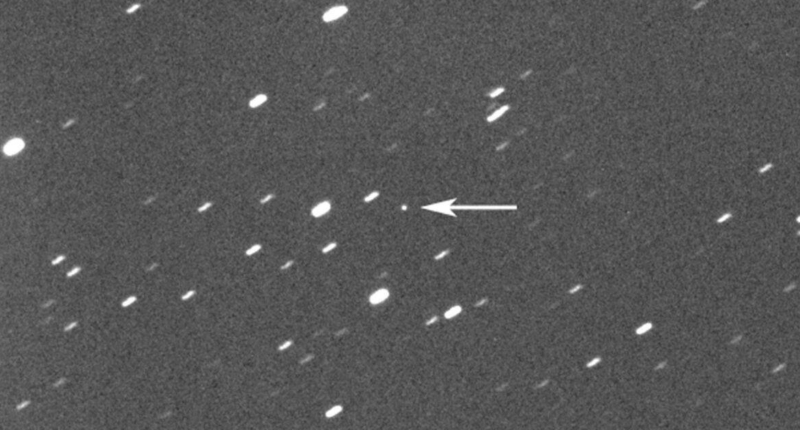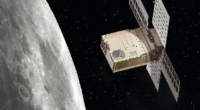An asteroid known as 2023 DZ2 is set to make a close flyby with Earth and the moon this weekend, passing within 320,000 miles (515,000 kilometers) of the moon. The asteroid is estimated to be between 130 feet and 300 feet (40 meters and 90 meters) in size, making it big enough to wipe out a city if it were to hit Earth. However, scientists have ruled out any chance of it striking Earth. The European Space Agency’s planetary defense chief, Richard Moissl, sees the close approach as a valuable opportunity for observation and a practice for planetary defense. The International Asteroid Warning Network sees it as a good opportunity for planetary defense. The Virtual Telescope Project will provide a live webcast of the event. The asteroid’s proximity to Earth makes it visible through binoculars and small telescopes. While asteroid flybys are common, the size and proximity of 2023 DZ2 make it an exceptional opportunity for astronomers and a valuable practice for planetary defense.
Asteroid 2023 DZ2 to make a close encounter with Earth and the moon
This weekend, an asteroid known as 2023 DZ2 is set to make a close flyby with Earth and the moon, passing within 320,000 miles (515,000 kilometers) of the moon. Scientists estimate the asteroid’s size to be between 130 feet and 300 feet (40 meters and 90 meters), making it big enough to wipe out a city if it were to hit Earth. However, there is no need to fear as the asteroid will harmlessly pass by both celestial bodies.
Astronomers are excited about the close encounter as it presents an opportunity to study the space rock from just over 100,000 miles (168,000 kilometers) away. The Virtual Telescope Project will provide a live webcast of the event. It is rare for an asteroid of this size to come so close to Earth, happening about once a decade.
Despite the low risk of impact, the European Space Agency’s planetary defense chief, Richard Moissl, sees the close approach as a valuable opportunity for observation. The International Asteroid Warning Network views this event as good practice for planetary defense in case a dangerous asteroid heads our way.
The asteroid will pass by the Indian Ocean at a speed of about 17,500 mph (28,000 kph) several hours after its encounter with the moon. Although there was a slight chance it might strike Earth in 2026, scientists have since ruled that out. The asteroid will not be back our way again until 2026.
The asteroid’s proximity to Earth makes it visible through binoculars and small telescopes. It is a reminder that while asteroid flybys are common, the size and proximity of 2023 DZ2 make it an exceptional opportunity for astronomers and a valuable practice for planetary defense.
Don’t miss interesting posts on Famousbio











